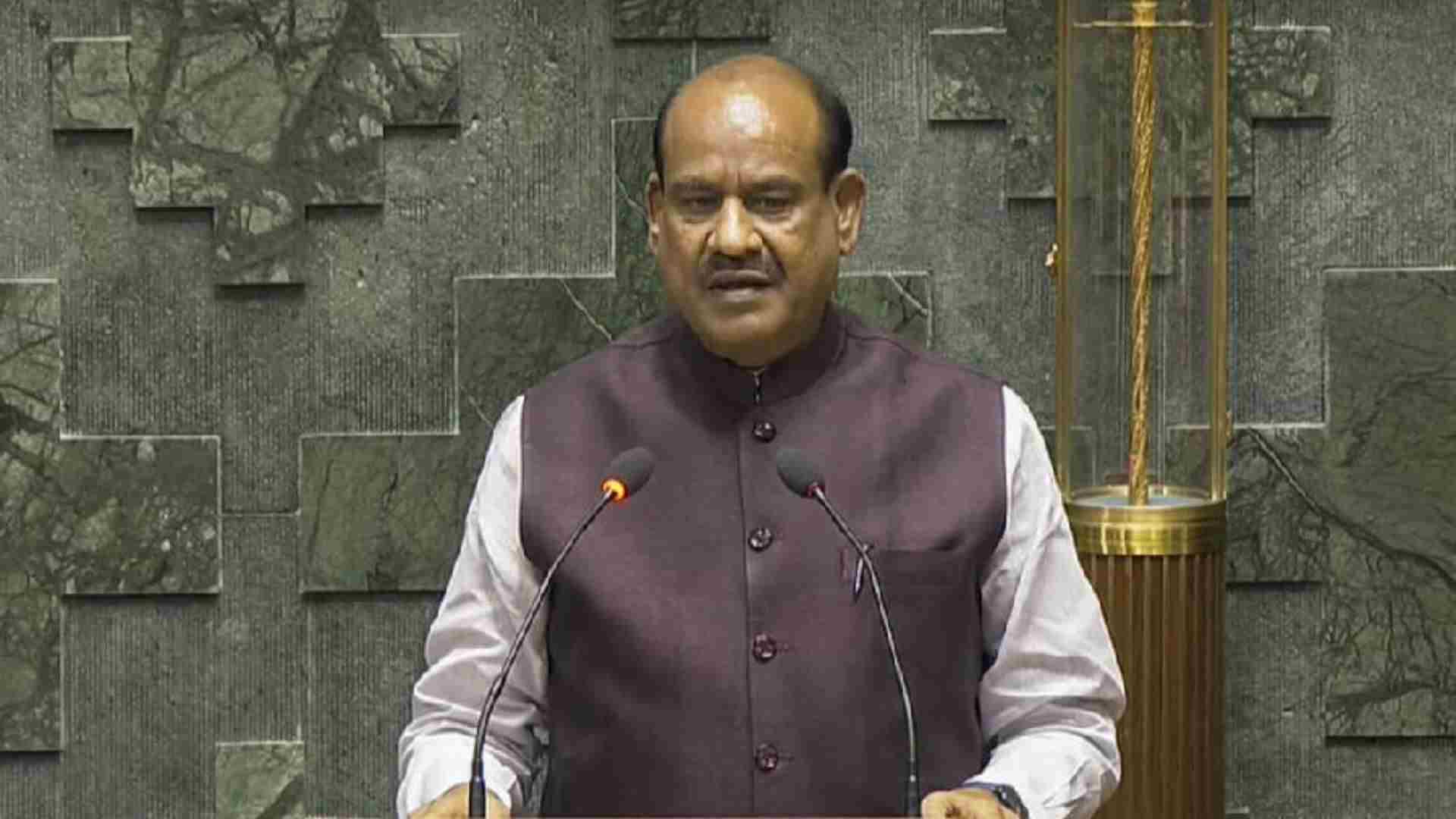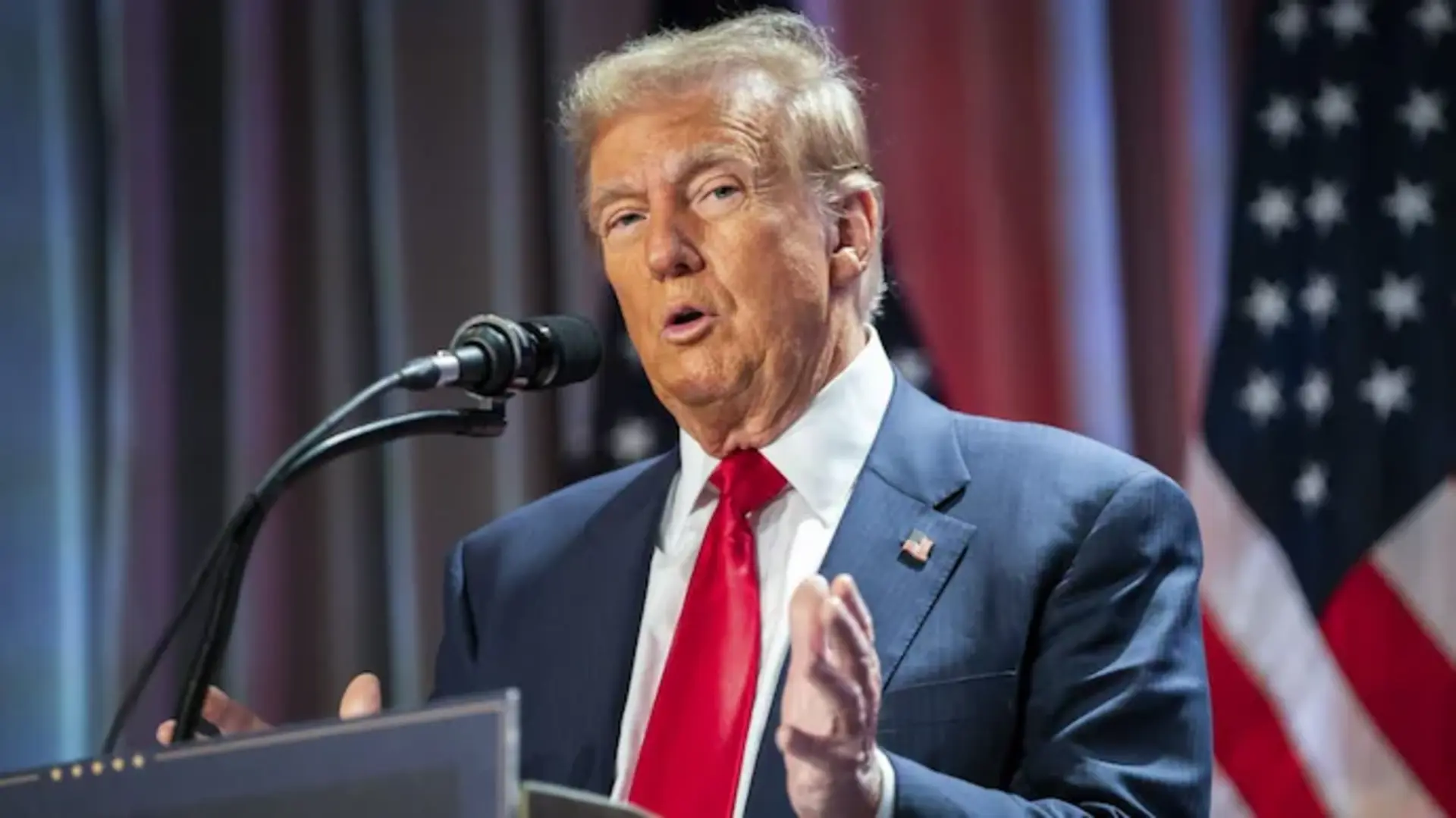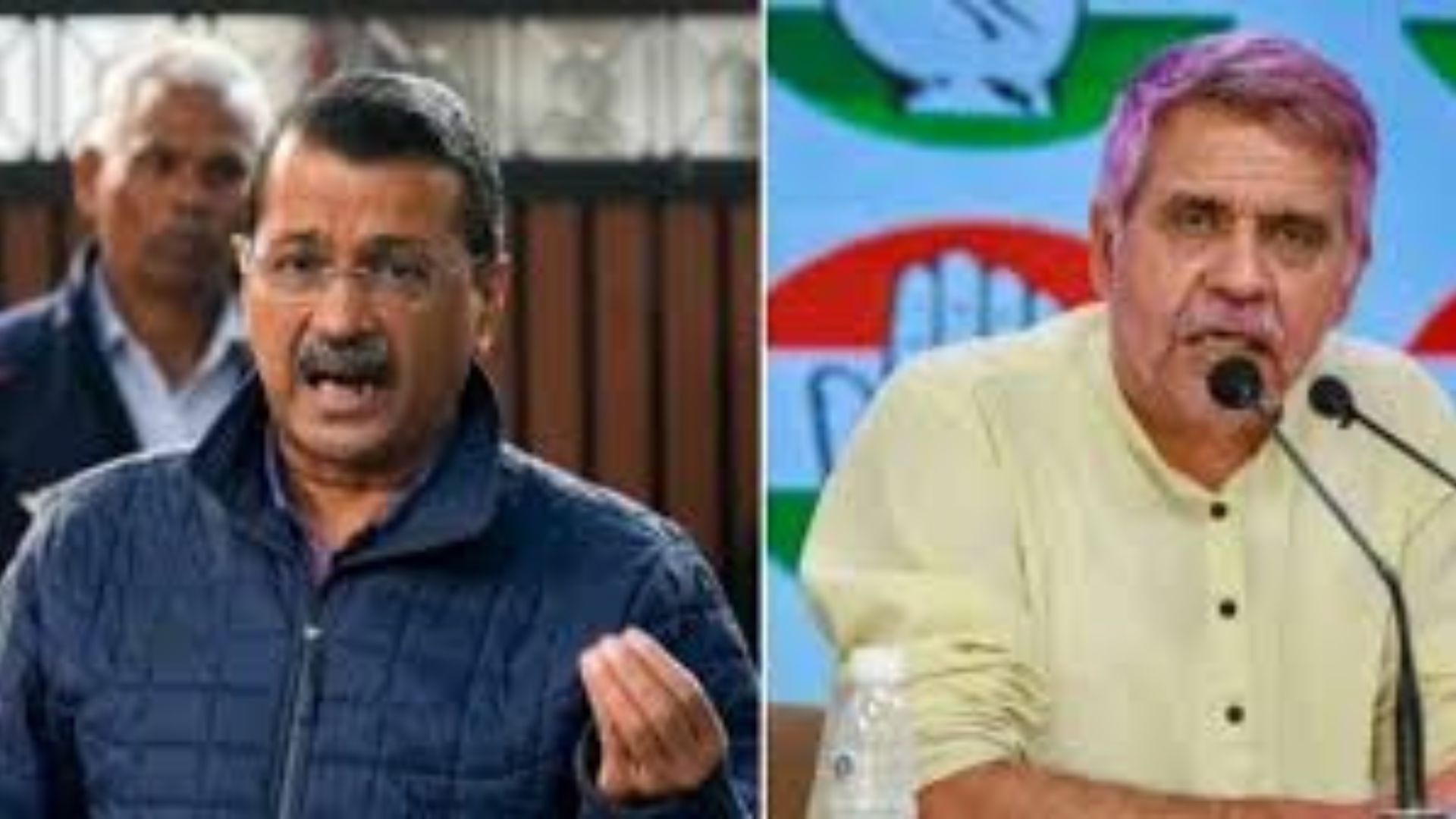Colonial legacies and geopolitical manoeuvring continue to fuel Kashmir’s unrest, as the region’s struggle for justice and self-determination persists.
Kashmir proposed standstill agreements with India and Pakistan in August 1947 to maintain existing arrangements pending a final decision. Pakistan agreed but India sought negotiations. Kashmir didn’t send a representative and no agreement with India was reached.
A legacy of colonialism
The Partition of British India in 1947, a violent and chaotic process that claimed over a million lives and displaced millions more, was the culmination of British colonialism’s exploitative policies. The hurried and arbitrary division of the subcontinent into India and Pakistan was driven not by the interests of the masses, but by the ruling elites and colonial administrators seeking to preserve their power and privileges. The fate of over 500 princely states, including Jammu and Kashmir, was left unresolved by the British, further exacerbating the chaos and violence of Partition.
Jammu and Kashmir, ruled by the autocratic Maharaja Hari Singh, was a microcosm of the contradictions that marked the broader subcontinental landscape. The state’s predominantly Muslim population had long suffered under the oppressive rule of a Hindu monarch, who, like many of his contemporaries, was more concerned with maintaining his personal power than addressing the needs and aspirations of his people. The state’s strategic location, nestled between the newly created dominions of India and Pakistan, made it a focal point of geopolitical tensions.
The dilemma faced by Jammu and Kashmir was emblematic of the broader failure of the princely states to act in the interests of their people. These states, remnants of feudalism and colonial patronage, were ill-equipped to navigate the demands of a rapidly changing political landscape. The Maharaja’s hesitation in deciding whether to accede to India or Pakistan was less about protecting the interests of his people and more about safeguarding his own rule in the face of mounting pressure.
The standstill agreement: A band-aid on a deep wound
The Standstill Agreement, signed between Jammu and Kashmir and Pakistan, was intended as a temporary measure to maintain administrative continuity in the immediate aftermath of Partition. The agreement, however, was a superficial solution that failed to address the deep-seated issues plaguing the region. It was, at best, a stopgap measure designed to buy time for the Maharaja while he deliberated over his next move. At worst, it was a cynical attempt by the ruling elite to maintain control over a restive population.
The agreement’s emphasis on maintaining the status quo ignored the urgent need for political and social reforms in Jammu and Kashmir. The state was plagued by widespread poverty, illiteracy, and economic exploitation, conditions that were exacerbated by decades of autocratic rule. The agreement did nothing to address these issues, nor did it offer any real solutions to the growing demand for self-determination among the state’s population.
For the people of Jammu and Kashmir, the Standstill Agreement was a symbol of the continued domination of their lives by external forces, be it the Maharaja, the British, or the new nation-states of India and Pakistan. It was a reminder that their aspirations for freedom and justice were secondary to the strategic calculations of those in power.
Elites in crisis
Maharaja Hari Singh: Maharaja Hari Singh, the architect of the Standstill Agreement, was a ruler deeply out of touch with the realities of his subjects. His decision to sign the agreement was driven by a desire to maintain his precarious hold on power rather than by any genuine concern for the welfare of the people of Jammu and Kashmir. His later decision to accede to India was similarly motivated by self-interest, as he sought military assistance to quell a popular uprising against his rule. The Maharaja’s actions throughout this period were marked by a consistent disregard for the democratic aspirations of his people, as evidenced by his statement: “The Standstill Agreement represents my commitment to ensure that no sudden or rash decisions disrupt the harmony of Jammu and Kashmir during this critical period.” However, this so-called “harmony” was nothing more than the suppression of popular discontent.
Mohammad Ali Jinnah: As the leader of the newly formed Pakistan, Mohammad Ali Jinnah viewed the Standstill Agreement as a tactical move to secure Pakistan’s interests in Jammu and Kashmir. However, Jinnah’s approach was emblematic of the narrow, sectarian nationalism that had driven the Partition in the first place. Jinnah’s statement, “The Standstill Agreement is a practical approach to ensure that the newly established state of Pakistan maintains its interests while we await the Maharaja’s final decision regarding the state’s future,” reflects the transactional nature of his politics. Jinnah’s vision for Pakistan was one that prioritised the interests of the Muslim elite over those of the broader working and peasant classes, a vision that ultimately failed to address the root causes of social and economic injustice in the region.
Jawaharlal Nehru: India’s first Prime Minister, Jawaharlal Nehru, presented himself as a champion of secularism and democracy, yet his response to the Kashmir crisis revealed the contradictions in his own ideology. Nehru’s opposition to the Standstill Agreement was driven not by a desire to empower the people of Kashmir, but by a fear that Pakistan might gain control over the strategically important region. Nehru’s assertion that “While the Standstill Agreement may provide temporary relief, it does not address the fundamental question of Kashmir’s political alignment. The real issue is whether the people of Kashmir will have a say in their future” rings hollow when one considers that India’s own actions in Kashmir were guided by geopolitical considerations rather than a commitment to self-determination.
Sheikh Abdullah: Sheikh Abdullah, the leader of the National Conference and a prominent figure in Kashmiri politics, initially supported the Maharaja’s decision to sign the Standstill Agreement. However, Abdullah’s later disillusionment with both India and Pakistan highlights the limitations of nationalist politics in addressing the aspirations of the Kashmiri people. Abdullah’s statement, “The agreement might be seen as a means to delay the inevitable. The people of Kashmir are eager for clarity and a decision on their political future,” underscores the growing impatience among Kashmir’s population with the status quo. Yet, Abdullah’s own leadership would come under scrutiny as he navigated the complex and often contradictory demands of his position, ultimately leading to his imprisonment by the Indian government in 1953.
Region in perpetual crisis
The Standstill Agreement failed to prevent the outbreak of violence and conflict in Jammu and Kashmir. Just two months after its signing, the region was plunged into chaos as tribal militias from Pakistan, with the tacit support of the Pakistani government, launched an invasion of Kashmir. This invasion, motivated by a desire to force the Maharaja’s hand, led to widespread violence and displacement, further exacerbating the suffering of the Kashmiri people.
The tribal invasion can be seen as a manifestation of the class and sectarian conflicts that had been simmering in the region for decades. The invasion was not simply a matter of territorial ambition; it was a reflection of the deep-seated economic inequalities and social injustices that had been perpetuated by both the Maharaja’s regime and the broader structures of colonialism and feudalism.
The instrument of accession and the Indo-Pakistani war: Faced with the prospect of losing control over his state, Maharaja Hari Singh signed the Instrument of Accession on October 26, 1947, formally joining India. This decision, far from resolving the conflict, only deepened the divisions within Jammu and Kashmir. The subsequent Indo-Pakistani War of 1947-48, fought over the region, resulted in the establishment of the Line of Control (LoC), a de facto border that continues to divide Kashmir to this day.
For the Kashmiri people, the Instrument of Accession and the war that followed represented yet another betrayal by the ruling elites. The conflict, fought ostensibly in their name, did nothing to address the underlying issues of poverty, landlessness, and political disenfranchisement that had plagued the region for decades. Instead, it entrenched the power of the Indian and Pakistani states, both of which have continued to exploit Kashmir for their own strategic interests.
The UN intervention and the ceasefire: The UN’s intervention in the Kashmir conflict, culminating in the January 1, 1949, ceasefire, did little to resolve the deeper issues at play. The ceasefire, which established the Line of Control, effectively partitioned Jammu and Kashmir between India and Pakistan, creating a situation that has led to perpetual instability in the region. The UN’s role in the conflict, while often portrayed as neutral, was in reality shaped by the broader Cold War dynamics of the time, with both the United States and the Soviet Union seeking to influence the outcome in line with their own geopolitical interests.
A narrative of control
During the period of the Standstill Agreement, media coverage was heavily influenced by the dominant narratives of the time, which framed the conflict in Kashmir as a dispute between two newly formed nation-states. This framing obscured the voices and experiences of the Kashmiri people, who were often portrayed as passive subjects rather than active agents in their own history. The media’s focus on the geopolitical aspects of the conflict ignored the underlying social and economic issues that were driving the unrest in Kashmir.
The media’s role in shaping public perception of the Kashmir conflict reflects the broader dynamics of control and manipulation that characterise capitalist societies. The media, often controlled by corporate interests, tends to prioritise the perspectives of the ruling elites while marginalising the voices of the oppressed and exploited. In the case of Kashmir, this has meant that the aspirations of the Kashmiri people for self-determination and social justice have been consistently downplayed or ignored in favor of narratives that serve the interests of the Indian and Pakistani states.
A continuing struggle
The legacy of the Standstill Agreement is evident in the continued tension between India and Pakistan over Kashmir. The agreement, intended as a temporary solution, failed to address the deeper issues of sovereignty and national identity that have fueled the conflict for decades. The subsequent tribal invasion and the First Indo-Pakistani War, which followed the agreement, set the stage for the protracted dispute over Kashmir that remains unresolved to this day.
The Line of Control, established after the war, continues to be a contested boundary, with periodic skirmishes and military standoffs between India and Pakistan. The internal political landscape of Jammu and Kashmir has also been profoundly shaped by the events that followed the Standstill Agreement. The state’s accession to India, the rise of political figures like Sheikh Abdullah, and the revocation of Article 370 in 2019 are all part of the region’s complex and volatile history.
Internationally, the Standstill Agreement’s legacy is reflected in the ongoing global engagement with the Kashmir issue. The UN’s role in mediating the conflict and the continued diplomatic efforts by various nations highlight the international community’s concern over the potential for renewed violence in the region. However, these efforts have often been superficial, failing to address the root causes of the conflict or to challenge the underlying structures of power and inequality that perpetuate the crisis in Kashmir.
The way forward
The Standstill Agreement of 1947, far from being a mere footnote in history, represents a critical moment in the ongoing struggle for justice and self-determination in Kashmir. The agreement was emblematic of the broader failures of the post-colonial states of India and Pakistan to address the needs and aspirations of their people.
The way forward in Kashmir must involve a fundamental rethinking of the region’s political and social structures. This will require a commitment to addressing the underlying issues of poverty, inequality, and political disenfranchisement that have fueled the conflict for so long. It will also require a willingness to challenge the entrenched interests of the ruling elites in both India and Pakistan, as well as the international powers that have sought to manipulate the conflict for their own ends. Only by centering the voices and experiences of the Kashmiri people can a just and lasting solution to the conflict be found.







